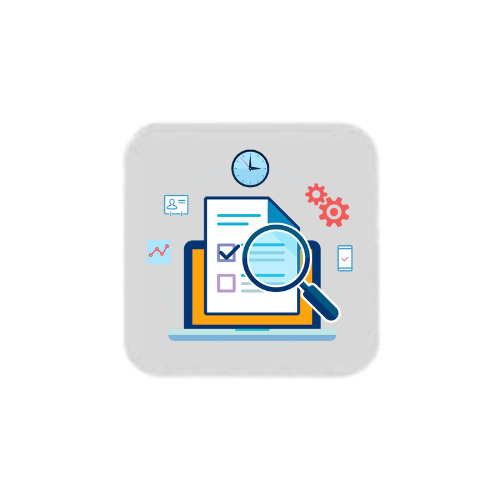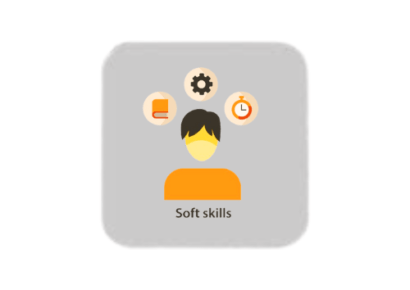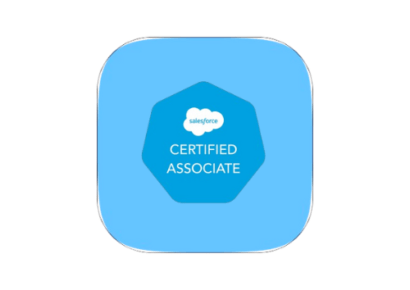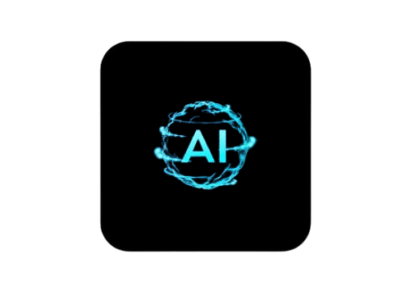About Course
This course offers a comprehensive introduction to software testing, covering the fundamentals of software types, quality, and the distinctions between testing and debugging. It explores the psychology of testing, manual testing methodologies within the Software Testing Life Cycle (STLC), various Software Development Life Cycle (SDLC) models like Agile and Waterfall, and different testing methodologies, including white-box and black-box testing. Additionally, the course delves into traceability and defect tracking with tools like Traceability Matrix (TM) and Requirement Traceability Matrix (RTM). No prior experience is needed, making it ideal for beginners eager to learn. Manual testing remains crucial today, building foundational knowledge, adaptability, critical thinking, and communication skills, essential for career opportunities in quality assurance and software testing.
Course Content
Introduction to Software Testing & Importance of Testing
-
Introduction to Software Testing & Importance of Testing







Abubaker Ajaz